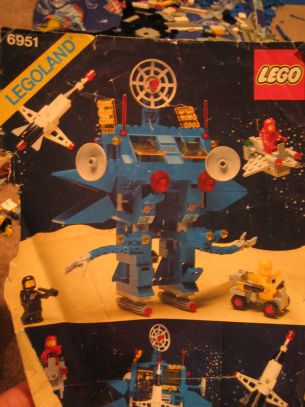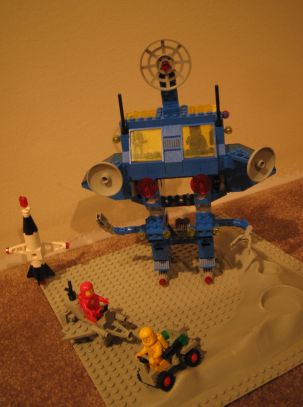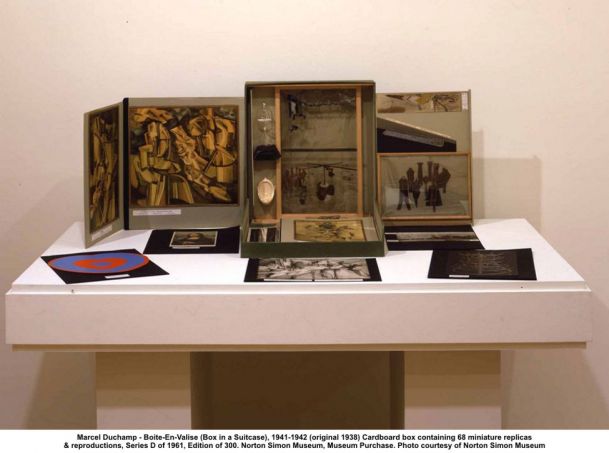Miniature
From imagination in miniature to the miniature as new media object.
The imaginary world of miniatures
back
For most adults a miniature is no longer part of every day life. At
least not consciously. Observing a miniature is limited to an indirect
glance at the small statue on the windowsill that now and then is
rediscovered by its owner. Or a fascinated moment of glancing to the
scale model of the new Local Government office, exhibited in the hall of
the old Local Government office. Susan Stewart author of the book ‘On
Longing, Narratives of the Miniature, the Gigantic, the Souvenir, the
Collection’ writes:
“Today we find the miniature located at a place of origin (the
childhood of the self, or even the advertising scheme whereby a
miniature of a company’s first plant or miniature of a company’s
earliest product is on display in a window or lobby) and at a place of
ending (the productions of the hobbyist: knickknacks of the domestic
collected by elderly women, or the model trains built by the retired
engineer); and both locations are viewed from a transcendent position, a
position which is always within the standpoint of present lived reality
and which thereby always nostalgically distances its object.” (1)
Most of us learn about miniatures in their early youth, in the form of
toys. The stuffed animal making sounds, the doll, the toy car, Duplo,
and later on, Barbie dolls, action hero figures, and Technic Lego. Toys
are a physical form of fiction and a starting point for a narrative. A
toy opens up a world where imagination and privacy have all the freedom
to evolve. A story unfolds in space. An interior world in a world. An
unmoved, untouched toy is part of the land of the dead. The object is
cold and lifeless. But when the toy is moved or animated, a story
begins. A world where time and space exists, completely independent from
our physical, everyday reality. Susan Stewart writes:
“The reduction of scale which the miniature presents, skews the time
and space relations of everyday lifeworld, and as an object consumed,
the miniature finds its ‘use value’ transformed into the infinite time
of reverie. This capacity of the miniature to create an ‘other’ time, a
reality,….(2)
A time and space where the same story is told in an eternal loop.
Similar to the Kriegspiel, a war game based on miniatures, developed by
the Prussian Army in 19th century, where the never-ending battle between
armies was rehearsed over and over again, in order to develop a perfect
strategy. When I was a kid, my story was the eternal intergalactic war
between good and evil, which I re-enacted with my Star Wars
action-figures. A story where the hero’s (me) achieved great victories,
and the bad guys (me) died a terrible dead. Every week.
The French philosopher Gaston Bachelard believed that “imagination in
miniature is natural imagination which appears at all ages in the
daydreams of born dreamers”(3). In his book ‘The Poetics of Space’
Gaston describes our relation with space not from a phenomenology of the
mind but from the soul. The daydream about a miniature is an example
of our deeply rooted imagination of the inversion of space. A space
where we can feel safe. He gives many examples of, especially literary,
miniatures. According to Bachelard we have to force ourselves to cross
the threshold of absurdity, in order to experience the inversion of
perspective and enter the domain of imagination.
My favorite toys where Star Wars toys and Space Lego. My parents
weren't that rich so they couldn't afford an AT-AT, so I got a Speeder
Bike including the Biker scout robot and an Ewok. When I was 11 years
old I used the 8mm film camera of my parents to shoot a short
stop-motion animation story. With Space Lego I built a tabletop
miniature of a moonbase. The miniature provided the stage for the
adventures of 'Bob Maansteen' who defeated the evil robot that had
stolen the moon diamond. I still have the 3 min. 8mm original somewhere
in a box.
Vintage Speeder Bike toy from the 80'
Vintage Space Lego from the 80'
Notes:
(1) Susan Stewart, On Longing: Narratives of the Miniature, the
Gigantic, the Souvenir, the Collection, Duke University Press 1993,
Tableau: The Miniature described, page 68,69
(2) Ibid., page 65
(3) Gaston Bachelard, The Poetics of Space, Beacon Press; First Edition edition (April 1, 1994), page 149.
Photo's:
Vintage Speeder Bike: http://www.flickr.com/photos/mattandkristy/3097499014/sizes/o/in/photostream/
Vintage Lego: http://www.flickr.com/photos/72532804@N00/4789312796/in/photostream/
Marcel Duchamp, La boîte-en-valise:
http://www.artknowledgenews.com/2009-07-27-21-04-47-museum-of-contemporary-art-in-san-diego-to-show-works-by-marcel-duchamp-and-joseph-cornell.html
What is the role of miniatures in contemporary art, and why do artist
use them as an art object or as part of a work of art? An early known
example of a miniature as an art object is ‘La boîte-en-valise’ (box in a
suitcase) of Marcel Duchamp. A box containing a collection of 69
miniature reproductions of the artist’s original works. With this work
Duchamp criticizes the growing market of reproductions in Museums and
questions the real significance of the ‘original’ work of art.
On the next page I will take a closer look at contemporary artists who create miniatures as an art object.
Go to next page: Little Disasters




